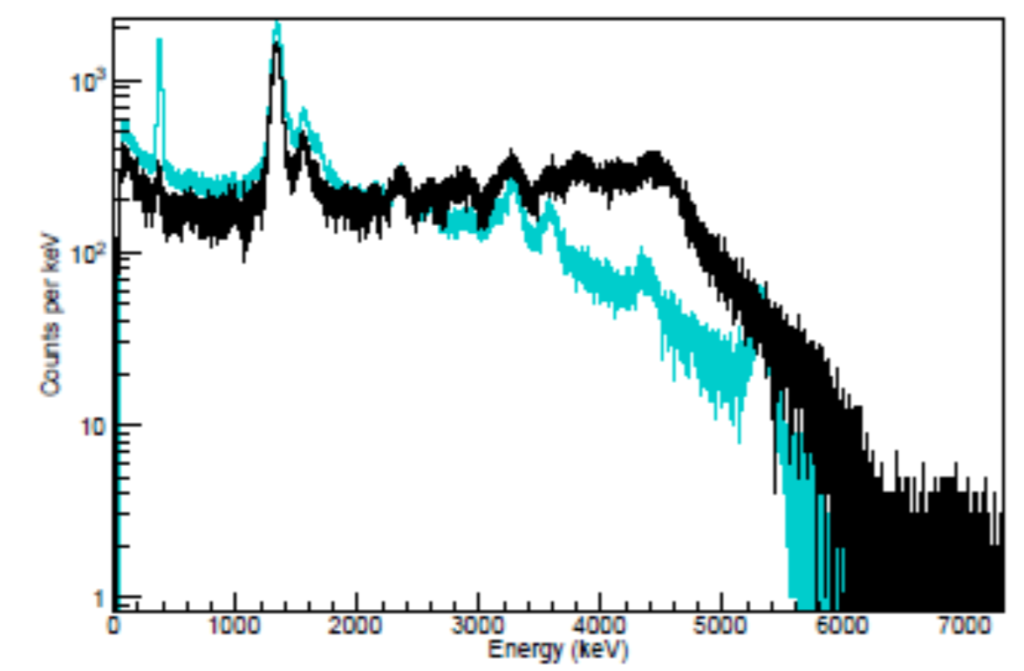
New measurements of beta-decay properties of fission products (abundant in nuclear reactors) were performed in 2015 and 2016 at ORNL's Tandem laboratory using a Modular Total Absorption Spectrometer (MTAS). Fission products were created using a 40 MeV proton beam from the ORNL Tandem and a 238U carbide target coupled to an ion source at the on-line mass separator. Mass-separated and sometimes isotopically-pure radioactive beams were collected at the movable tape and transported into MTAS for counting. MTAS is the largest total absorption spectrometer in the world and the first one of segmented construction. It consists of 19 NaI(Tl) modules with total weight of 1 ton and it is shielded from background radiation by about 5 tons of mostly lead layers. MTAS, with its auxiliary silicon detectors, measures nearly 100% of radiation emitted from the studied samples. The beta-decay properties of very neutron-rich nuclei (like fission products) are poorly known since the decay schemes are very complex, with many ?-transitions to high energy, close-lying levels followed by a shower of ?-transitions unresolvable even for high energy resolution with Ge detectors. MTAS results are generating true ?-feeding and ?-decay patterns, which can be used to determine the spectra of anti-neutrinos, see Figure. The discrepancies between the measured and the calculated reactor anti-neutrino flux recently triggered the concept of a fourth, sterile anti-neutrino. In general, MTAS results contribute to the reduction of the reported 95(2)% deficit of observed anti-neutrinos [1], but, in some cases, enhance the observed 10% excess of detected high-energy anti-neutrinos between 5 MeV and 7 MeV (aka shoulder). Decay radiation from 92Rb, 96Y, and 142Cs, which were identified as the top three contributors to the high-energy reactor anti-neutrinos, was measured with MTAS [2]. MTAS results impact both the anomaly and the shoulder. The changes in the reference flux reduce the anomaly to about 97(2)% [3] and increase the shoulder excess to about 12% [2]. Future experiments on reactor anti-neutrino properties should definitely focus on the high-energy spectra. The anomaly might disappear after the final evaluation of all MTAS-studied activities.

